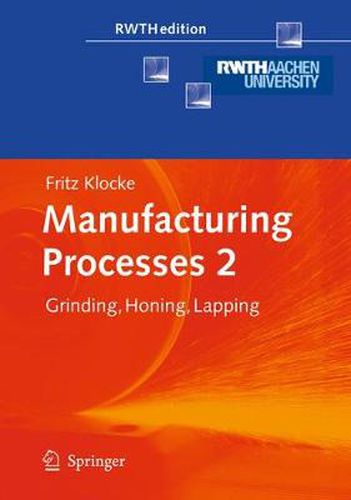Readings Newsletter
Become a Readings Member to make your shopping experience even easier.
Sign in or sign up for free!
You’re not far away from qualifying for FREE standard shipping within Australia
You’ve qualified for FREE standard shipping within Australia
The cart is loading…






This title is printed to order. This book may have been self-published. If so, we cannot guarantee the quality of the content. In the main most books will have gone through the editing process however some may not. We therefore suggest that you be aware of this before ordering this book. If in doubt check either the author or publisher’s details as we are unable to accept any returns unless they are faulty. Please contact us if you have any questions.
The future of manufacturing companies depends largely on their ability to adapt to swiftly changing global conditions. These are exemplified by international com- tition, rapidly growing intercommunication and the increased significance of en- ronmental issues [KLOC98a, ENGE02]. Precision machining with geometrically undefined cutting edges represents a key production engineering technology with high efficiency, security and machining quality. DIN norm 8589 subsumes within the group machining with geometrically - defined cutting edges the following material removal manufacturing processes: grinding, honing, lapping, free abrasive grinding and abrasive blast cutting. - chining is carried out in these production methods by means of more or less - regularly formed grains composed of hard substances brought into contact with the material. Of all methods understood as machining with geometrically undefined cutting edges, only grinding, honing and lapping can, strictly speaking, be considered p- cision machining. Free abrasive grinding and abrasive blast cutting, also treated in this book, represent a special group, as they generally cannot bring about geom- rical change in the material.
$9.00 standard shipping within Australia
FREE standard shipping within Australia for orders over $100.00
Express & International shipping calculated at checkout
This title is printed to order. This book may have been self-published. If so, we cannot guarantee the quality of the content. In the main most books will have gone through the editing process however some may not. We therefore suggest that you be aware of this before ordering this book. If in doubt check either the author or publisher’s details as we are unable to accept any returns unless they are faulty. Please contact us if you have any questions.
The future of manufacturing companies depends largely on their ability to adapt to swiftly changing global conditions. These are exemplified by international com- tition, rapidly growing intercommunication and the increased significance of en- ronmental issues [KLOC98a, ENGE02]. Precision machining with geometrically undefined cutting edges represents a key production engineering technology with high efficiency, security and machining quality. DIN norm 8589 subsumes within the group machining with geometrically - defined cutting edges the following material removal manufacturing processes: grinding, honing, lapping, free abrasive grinding and abrasive blast cutting. - chining is carried out in these production methods by means of more or less - regularly formed grains composed of hard substances brought into contact with the material. Of all methods understood as machining with geometrically undefined cutting edges, only grinding, honing and lapping can, strictly speaking, be considered p- cision machining. Free abrasive grinding and abrasive blast cutting, also treated in this book, represent a special group, as they generally cannot bring about geom- rical change in the material.